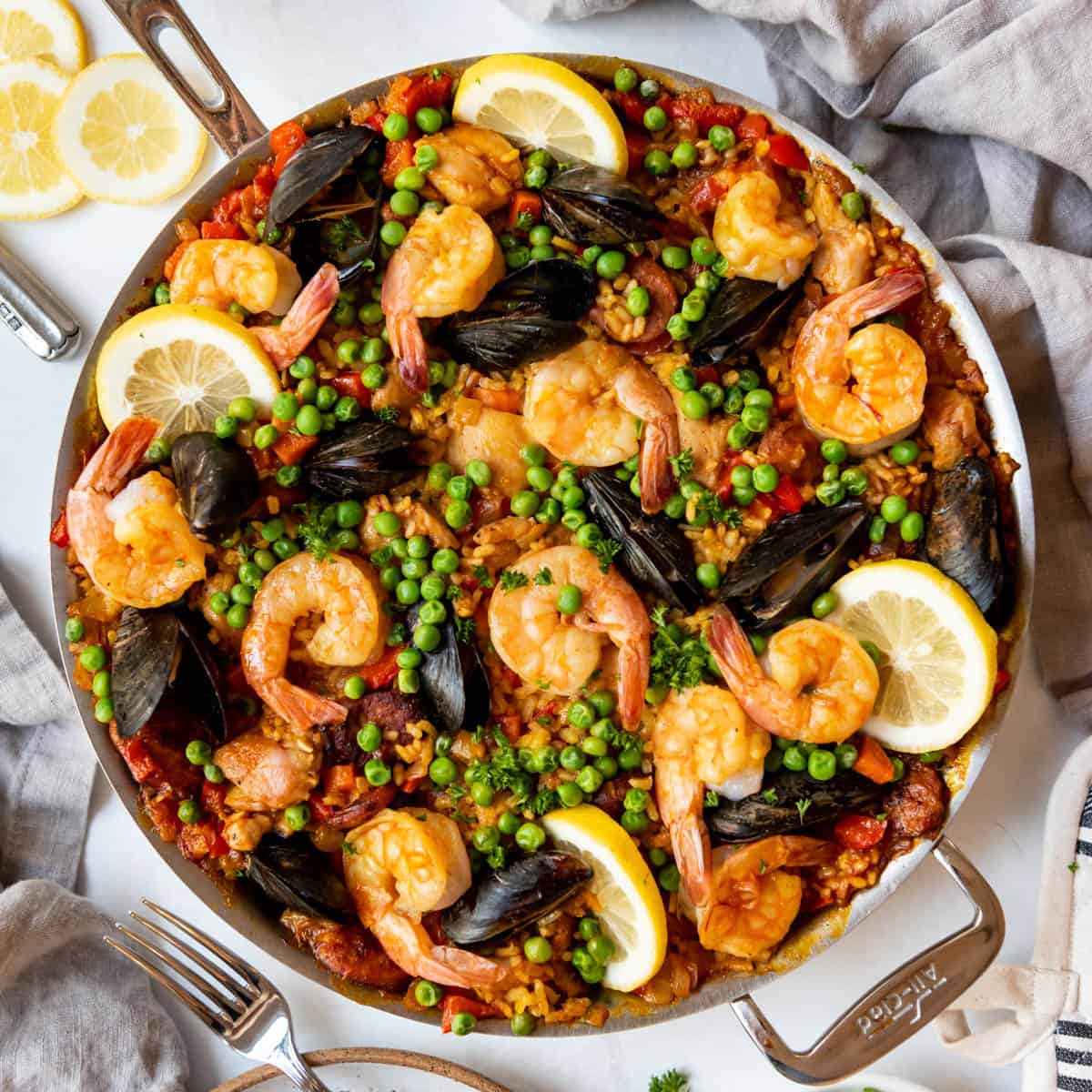
Recipes Spanish Paella: A Culinary Journey to the Heart of Spain
Paella, the vibrant and flavorful rice dish from Spain, has captured the hearts and palates of food enthusiasts worldwide. With its origins in the fertile plains of Valencia, this iconic dish has evolved over centuries, incorporating regional variations and culinary influences. In this article, we embark on a culinary journey to explore the diverse recipes of Spanish Paella, showcasing its rich history, ingredients, and techniques.
Historical Origins and Regional Variations
The origins of Paella can be traced back to the 15th century, when Moorish settlers introduced rice cultivation to the Iberian Peninsula. Over time, the dish evolved in different regions of Spain, each with its unique interpretation.
- Valencian Paella: The traditional and most well-known version, featuring chicken, rabbit, green beans, snails, and bomba rice, a short-grain variety that absorbs the flavors of the dish.
- Seafood Paella: A coastal variation popular in Catalonia and the Balearic Islands, made with a variety of seafood, such as shrimp, mussels, clams, and squid.
- Mixed Paella: A combination of seafood and meat, often including chicken, pork, and vegetables.
- Vegetable Paella: A vegetarian option featuring a variety of vegetables, such as bell peppers, onions, and artichokes.
Essential Ingredients
While regional variations exist, certain ingredients are essential to the preparation of any Paella:
- Rice: Bomba rice is preferred for its ability to absorb flavors and retain its shape during cooking.
- Saffron: This aromatic spice gives Paella its distinctive yellow color and earthy flavor.
- Olive Oil: Used as a base for sautéing ingredients and adding richness to the dish.
- Stock: Chicken or seafood stock provides the flavorful liquid that cooks the rice.
- Meat or Seafood: Chicken, rabbit, pork, shrimp, mussels, and clams are common protein sources.
- Vegetables: Green beans, bell peppers, onions, and artichokes add color, texture, and flavor.
Cooking Techniques
The preparation of Paella requires a large, shallow pan called a "paella pan." The traditional method involves cooking the dish over an open fire or on a gas burner.
- Sautéing: The meat or seafood is browned in olive oil, followed by the vegetables.
- Adding Rice and Stock: The rice is added to the pan and toasted in the oil. The hot stock is then poured in and brought to a boil.
- Simmer: The Paella is simmered gently for 15-20 minutes, or until the rice is cooked through.
- Crust Formation: As the liquid evaporates, a crispy crust called "socarrat" forms at the bottom of the pan.
- Resting: Once cooked, the Paella is removed from the heat and allowed to rest for a few minutes before serving.
Tips for Perfect Paella
- Use high-quality ingredients, especially the rice and saffron.
- Season the dish well with salt and pepper.
- Do not stir the Paella too much during cooking, as this can break the rice grains.
- Cook the Paella over a high heat to create a crispy crust.
- Let the Paella rest before serving to allow the flavors to meld.
Conclusion
Recipes Spanish Paella is a culinary masterpiece that showcases the rich culinary heritage of Spain. With its vibrant colors, aromatic spices, and diverse ingredients, Paella is a dish that delights the senses and brings people together. Whether you prefer the traditional Valencian version or a coastal seafood variation, the preparation of Paella is a culinary journey that will leave you craving for more. So gather your ingredients, fire up your stovetop, and embark on a culinary adventure that will transport you to the heart of Spain.















